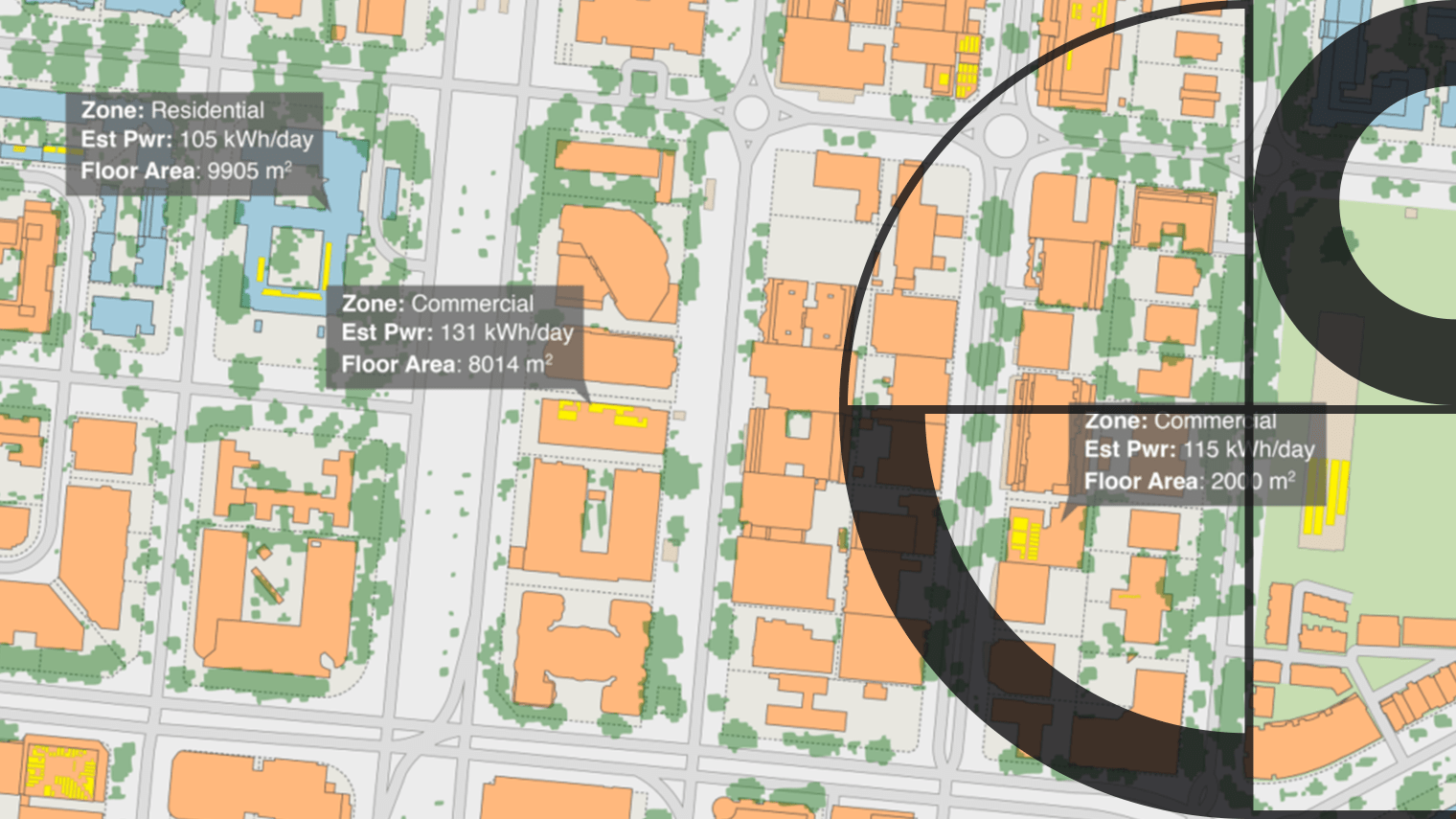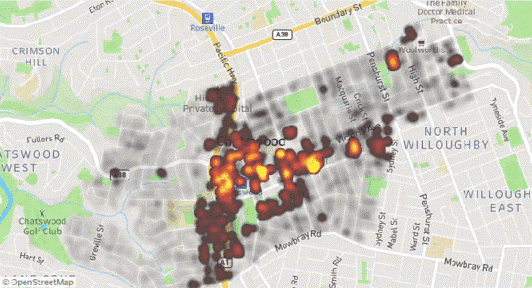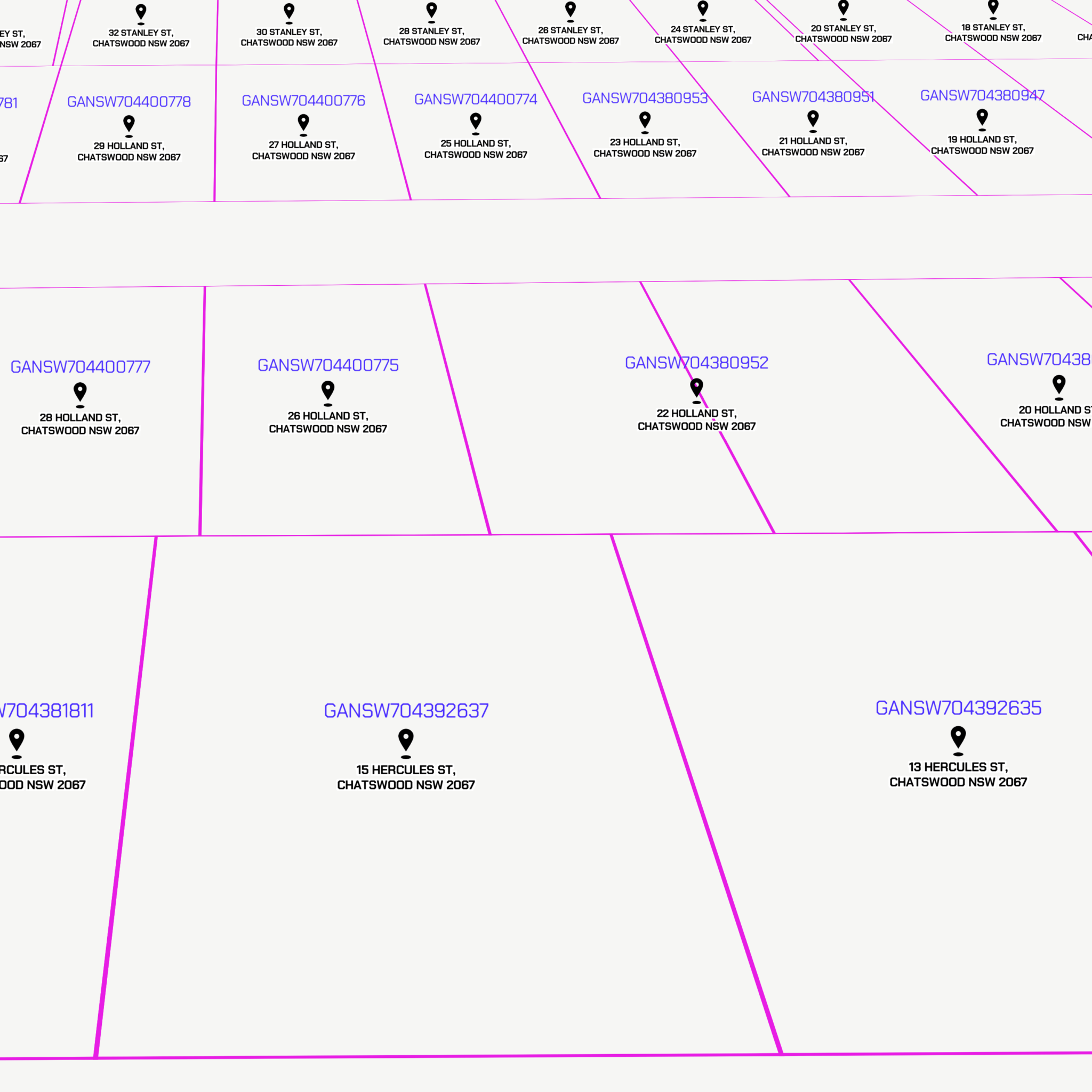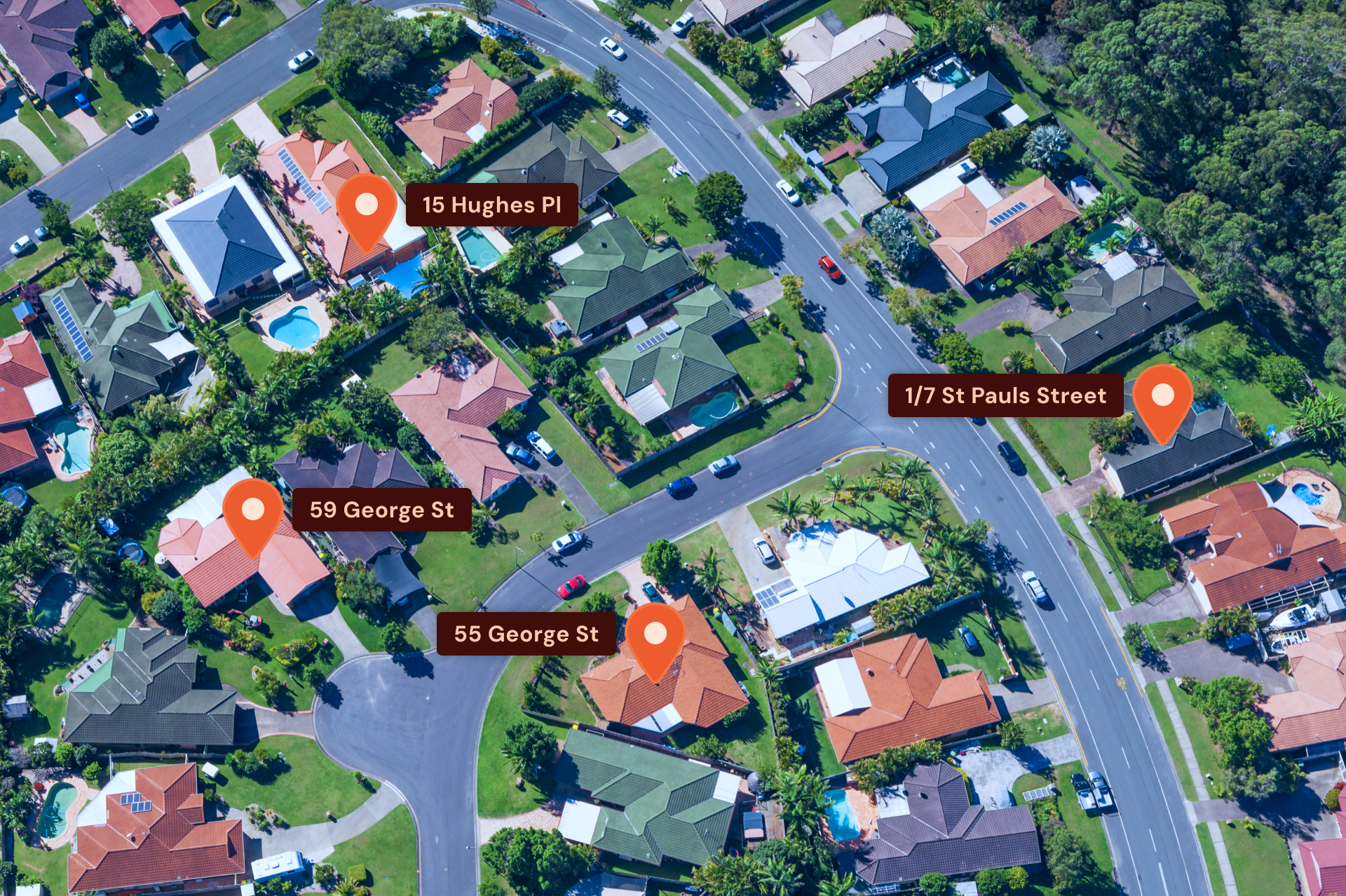The journey to global net-zero carbon emissions requires structured and reliable data.
Properly sourced and analysed data is pivotal to develop and implement effective climate mitigation strategies. As the adage goes: ‘you can’t improve what you don’t measure’.
Geoscape Australia is enhancing the quality and availability of this essential data.
Geoscape Australia’s Data Contribution
At Geoscape Australia, we champion data-centric solutions. In the climate risk space, we are empowering organisations to make informed decisions for a greener tomorrow. We continuously update our database with new insights on the built environment including solar installations, building metrics, and environmental shifts.
Location Intelligence for Measuring Building Emissions
In addressing climate change, it’s crucial to identify Australian buildings with high greenhouse gas emissions. As per the Department of Climate Change, Energy, the Environment and Water1, buildings represent about 19% of Australia’s total energy use and 18% of its direct carbon emissions. Improving building energy efficiency is vital, offering reduced energy costs, better occupant health, and lower carbon emissions.
Directly measuring climate emissions through blending data on energy consumption/creation, building design, construction materials and their condition will logically result in the highest quality results. That said, at the industry’s current level of maturity, reliable and ongoing emissions measures of this type are not available at a national scale.
Location Intelligence uses indicators like building size and energy generation potential to evaluate environmental impact. Simplistically, two buildings of the same size can have different emissions profiles based on the presence and type of solar panel systems. A building with efficient solar panels will generally have lower emissions compared to one without solar panels or with less efficient systems. This information helps us estimate the emissions from buildings and pinpoint which ones need improvements to become more energy efficient.
Let’s look at an example from Chatswood in New South Wales. The data for buildings and solar energy used here comes from Geoscape Australia:






